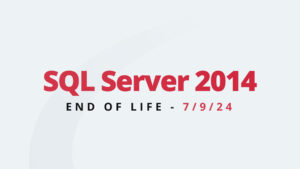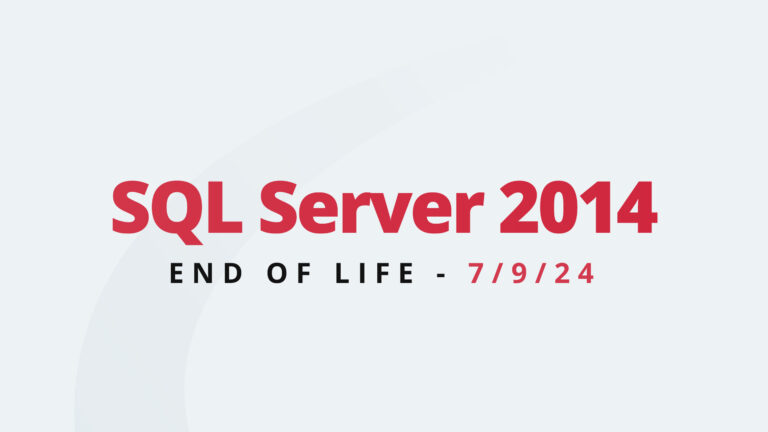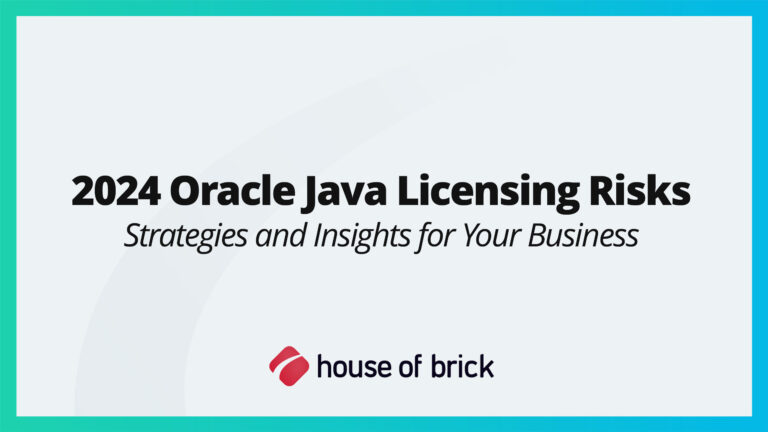by Joe Grant (@dba_jedi), Principal Architect
Tax Day 2019 was not only a day when Americans had to pay their taxes, but it was also the day that Oracle started charging a Java tax – no longer was Java free for commercial use. So, starting on April 15, 2019 any version of Java released thereafter would require users to pay Oracle for the privilege of using it. This included any updates for existing versions of Java. For details, see our blog post What You Need to Know about Changes to Java Licensing.
This article will not be commentary on Oracle’s decision or the caveats of licensing Java, but rather is intended to be a simple reference of Java versions. Recently, I was part of a project to help a client determine if they were running any Java versions that required a subscription. After way too much Googling on the topic, I was unable to find any site that explicitly noted which versions needed a subscription. Most sites simply stated anything released after 15 Aug 2019, if they were even that specific.
Eventually, I stumbled on to the right combination of search terms and the Wikipedia article, Java version history. A huge thank you to the maintainers/authors of this article. Again, not the simple table that I was looking for, but at least a good source of summarized information that I could work with.
So, to get to the point, a version-based summary of the last “free” version and the first “paid” version of Java SE. One thing of note: Sun, and subsequently Oracle, did offer Java SE Support for those who wanted a paid support option even before the Java subscription days. Those paying for SE Support received additional releases and patches that were not publicly available.
Another good resource on the topic is a slide deck, Java SE Subscription Workshop, available on SlideShare. It was presented by an Oracle employee, so it does paint Oracle in a good light, and offers a lot of justification on why they are charging for updates. Regardless, it is still a good source of information and a good reference.
In summary, I pulled together the information for my benefit and hope that by sharing it I can save you some time and effort. While it is just a simple reference, hopefully the straightforward, easy-to-read table gives you the answers you need.








